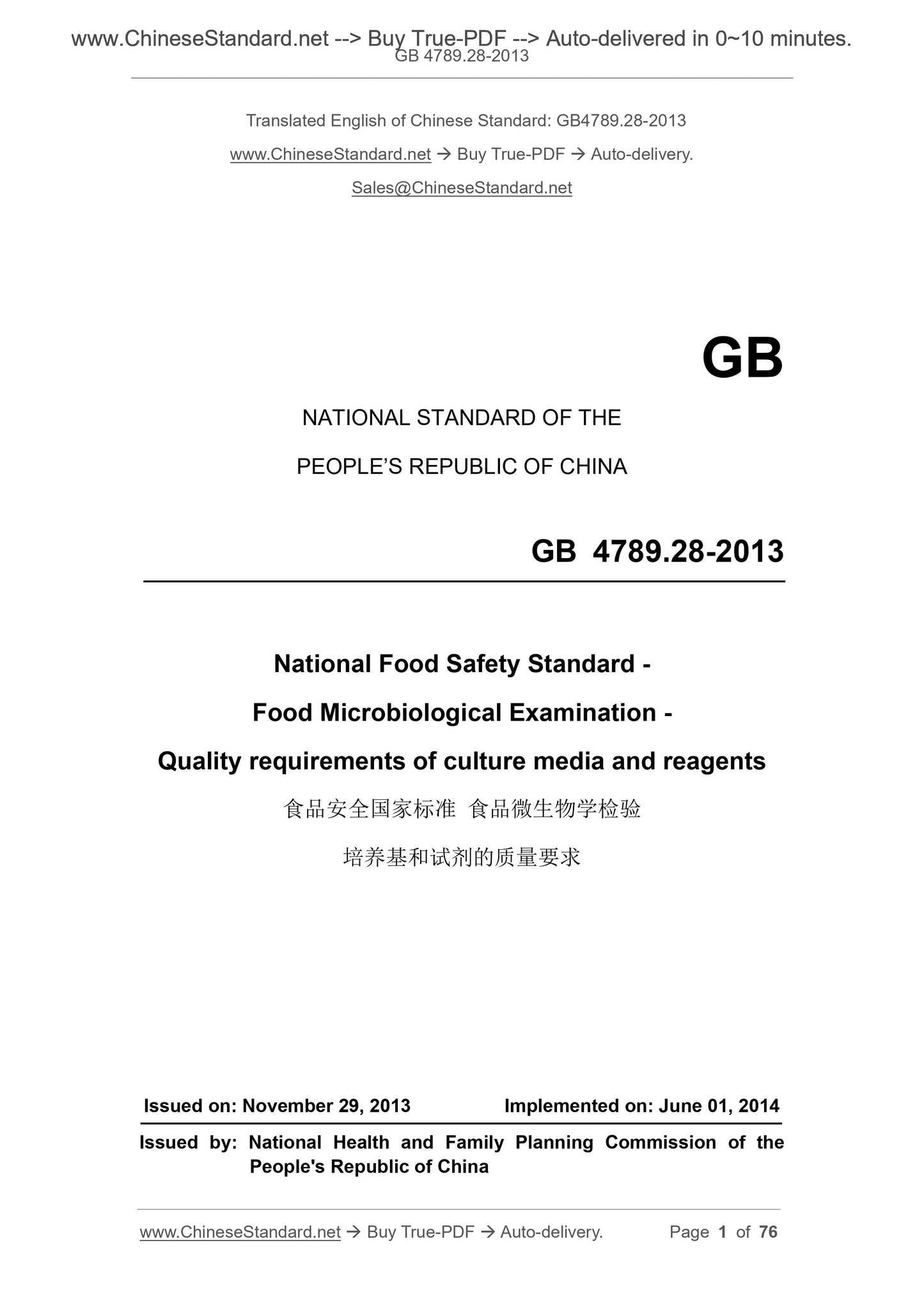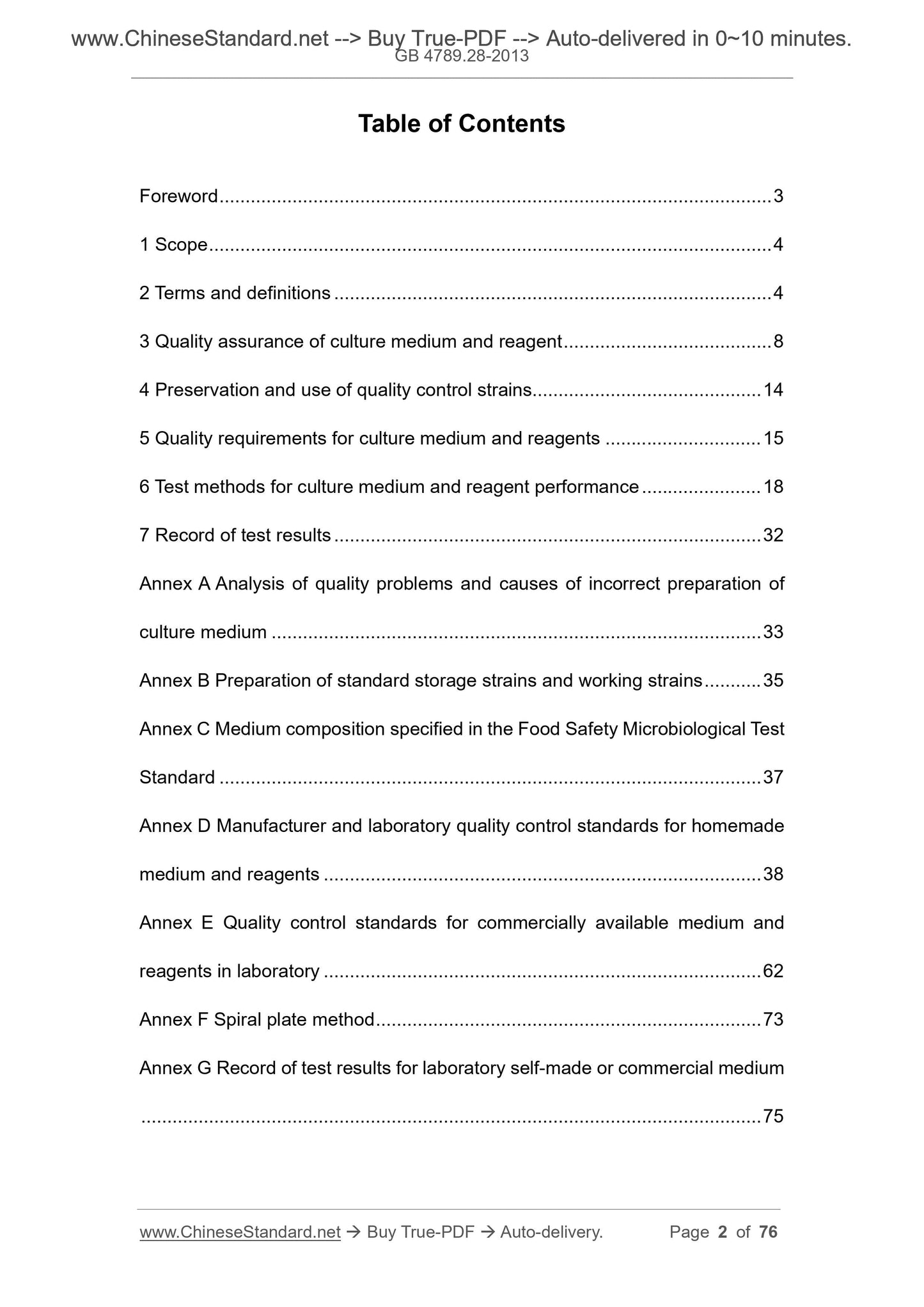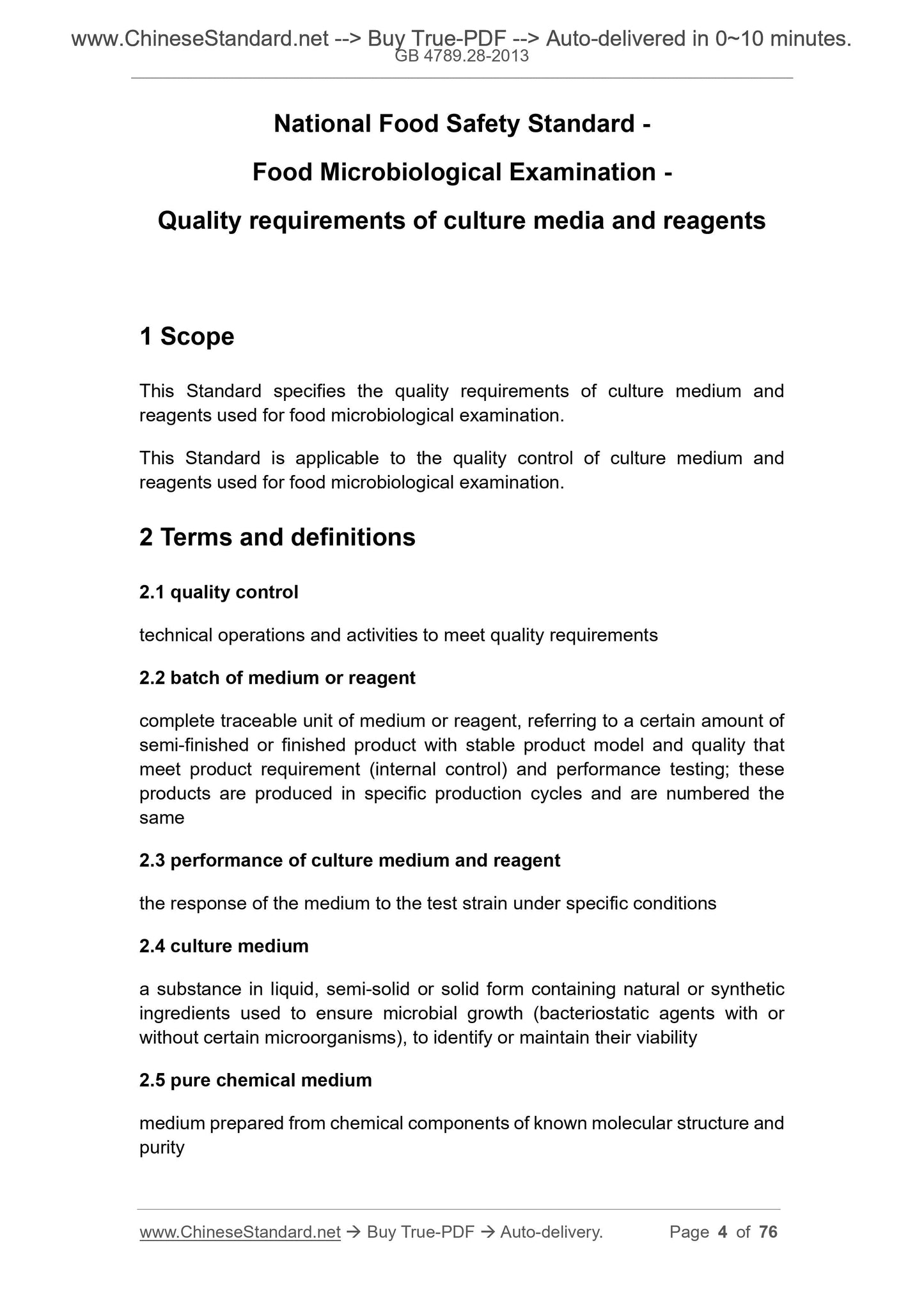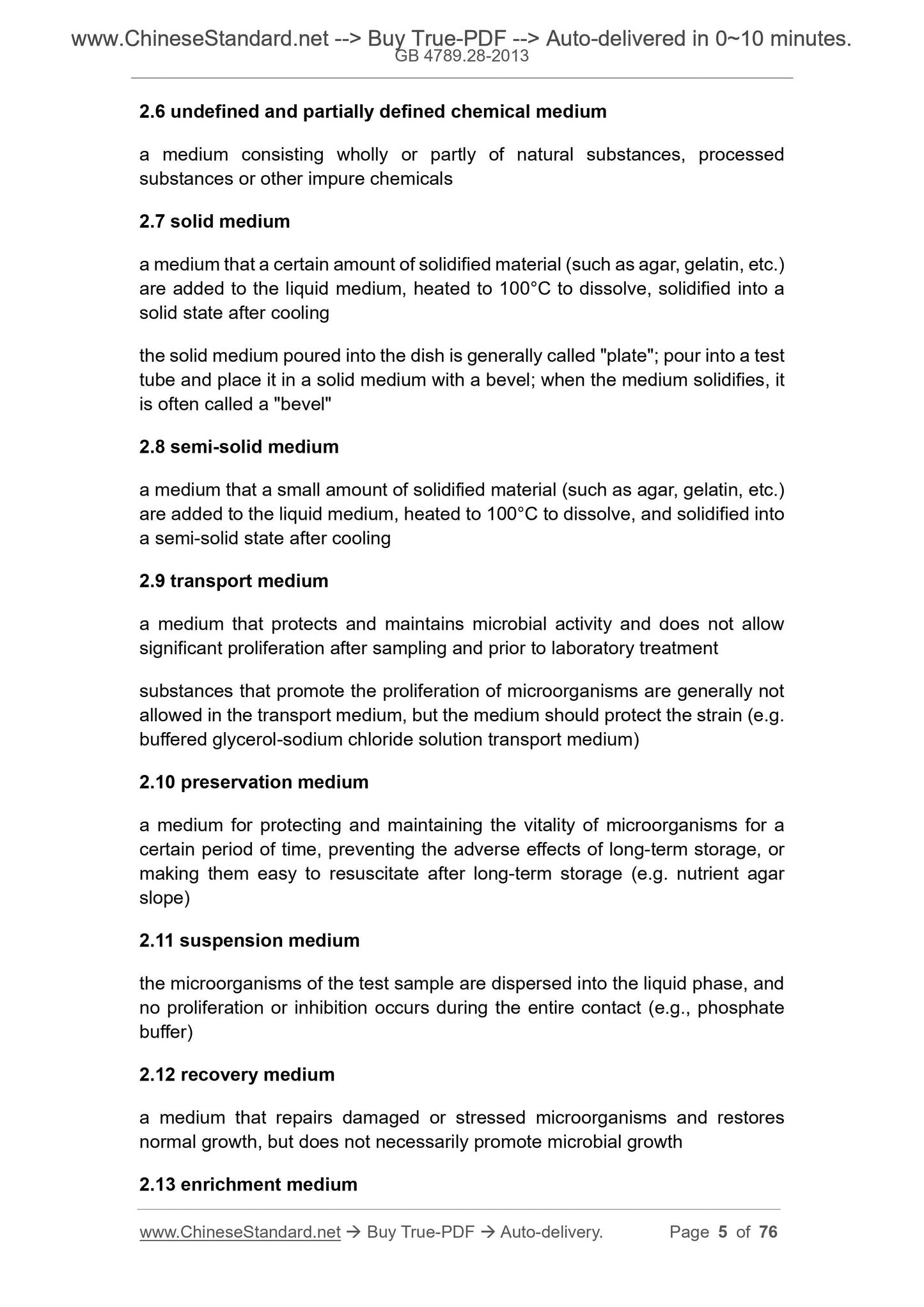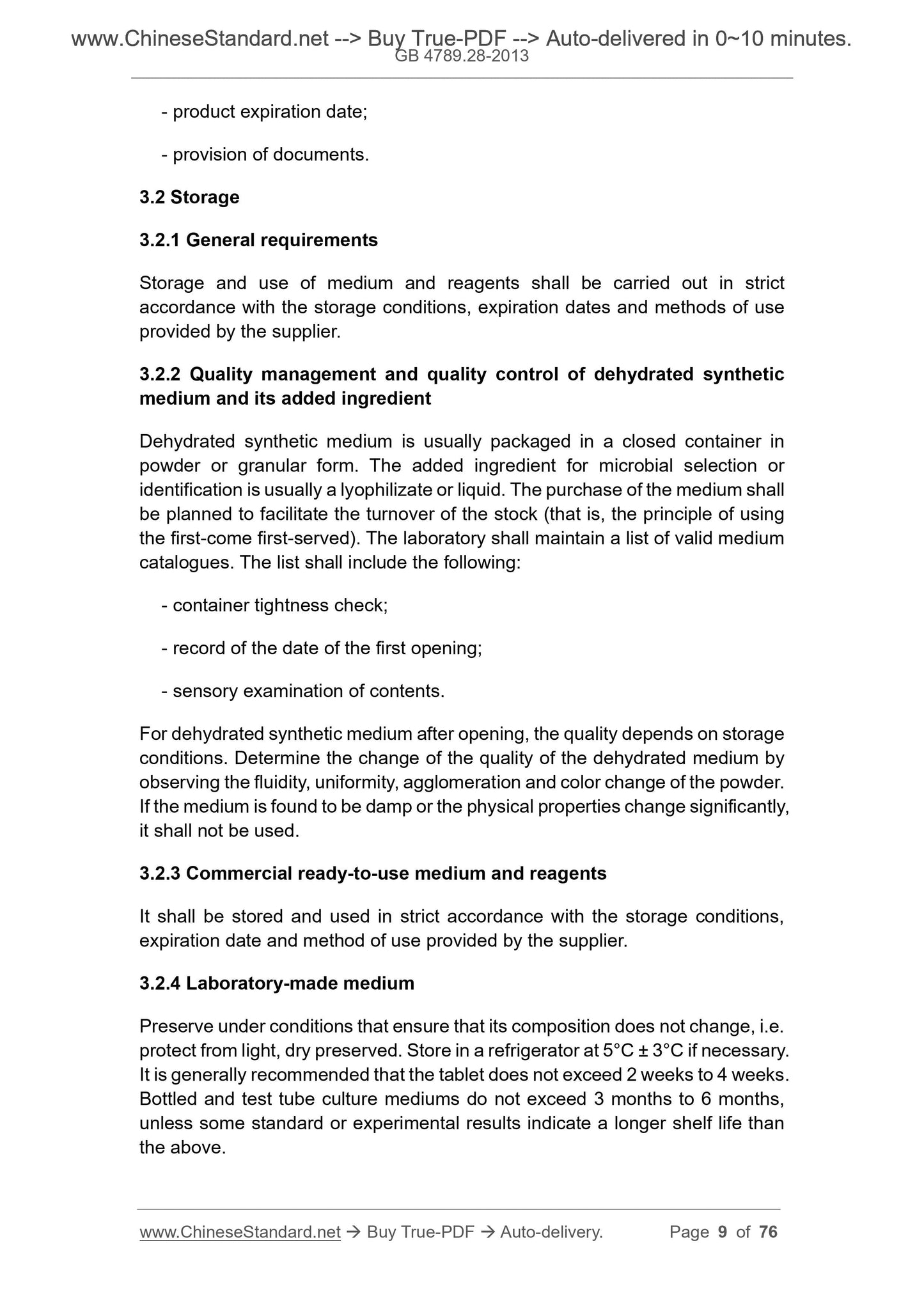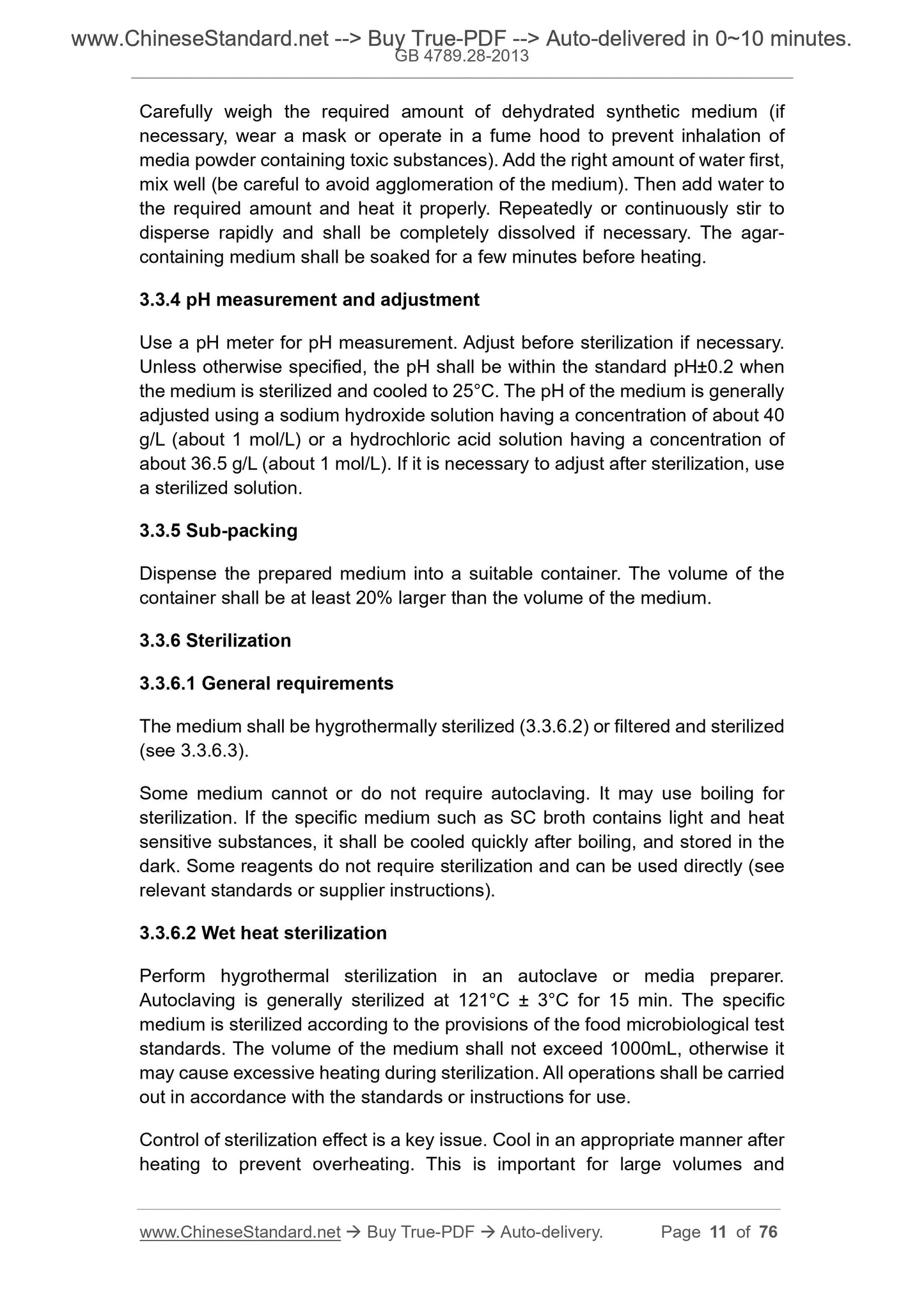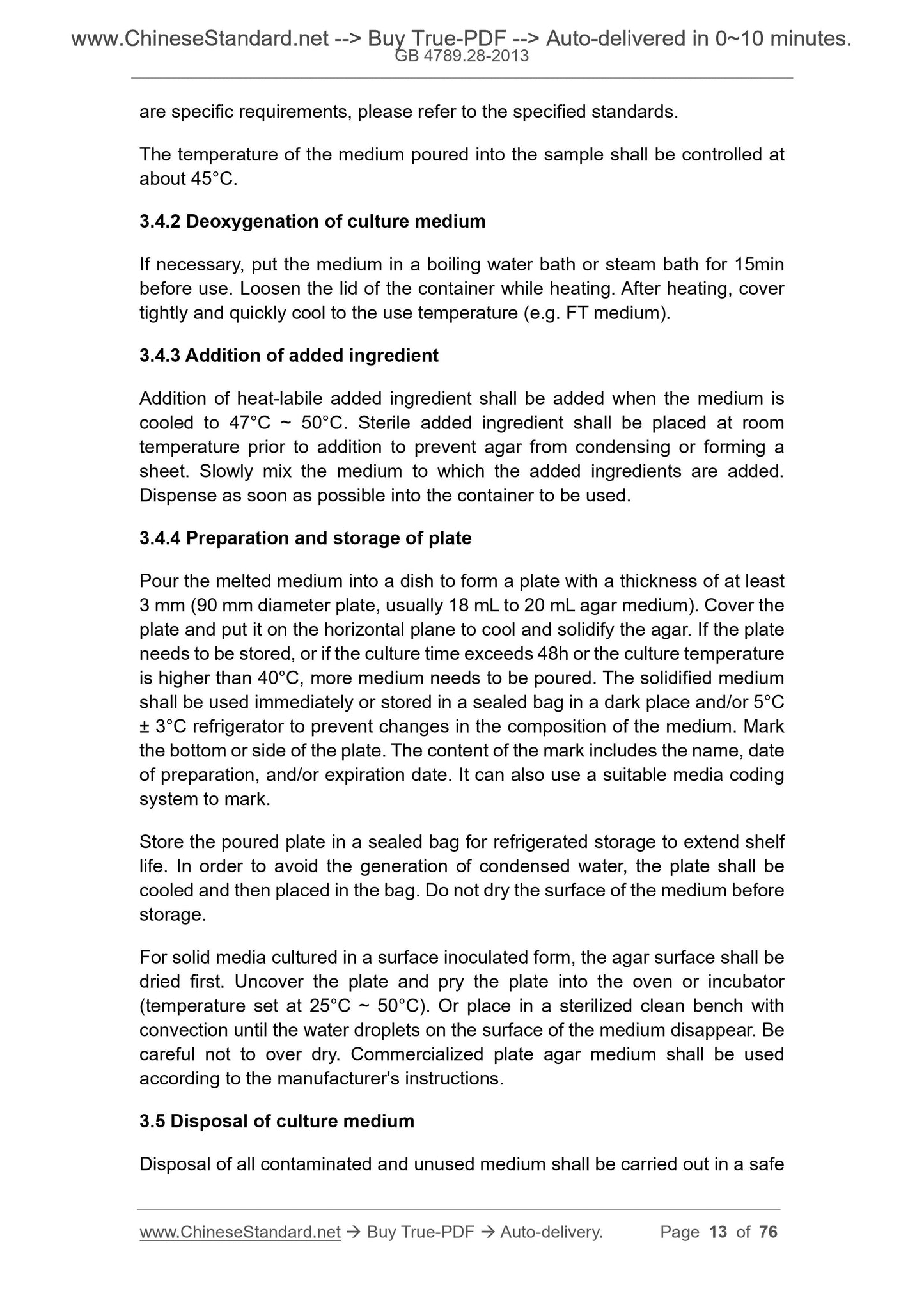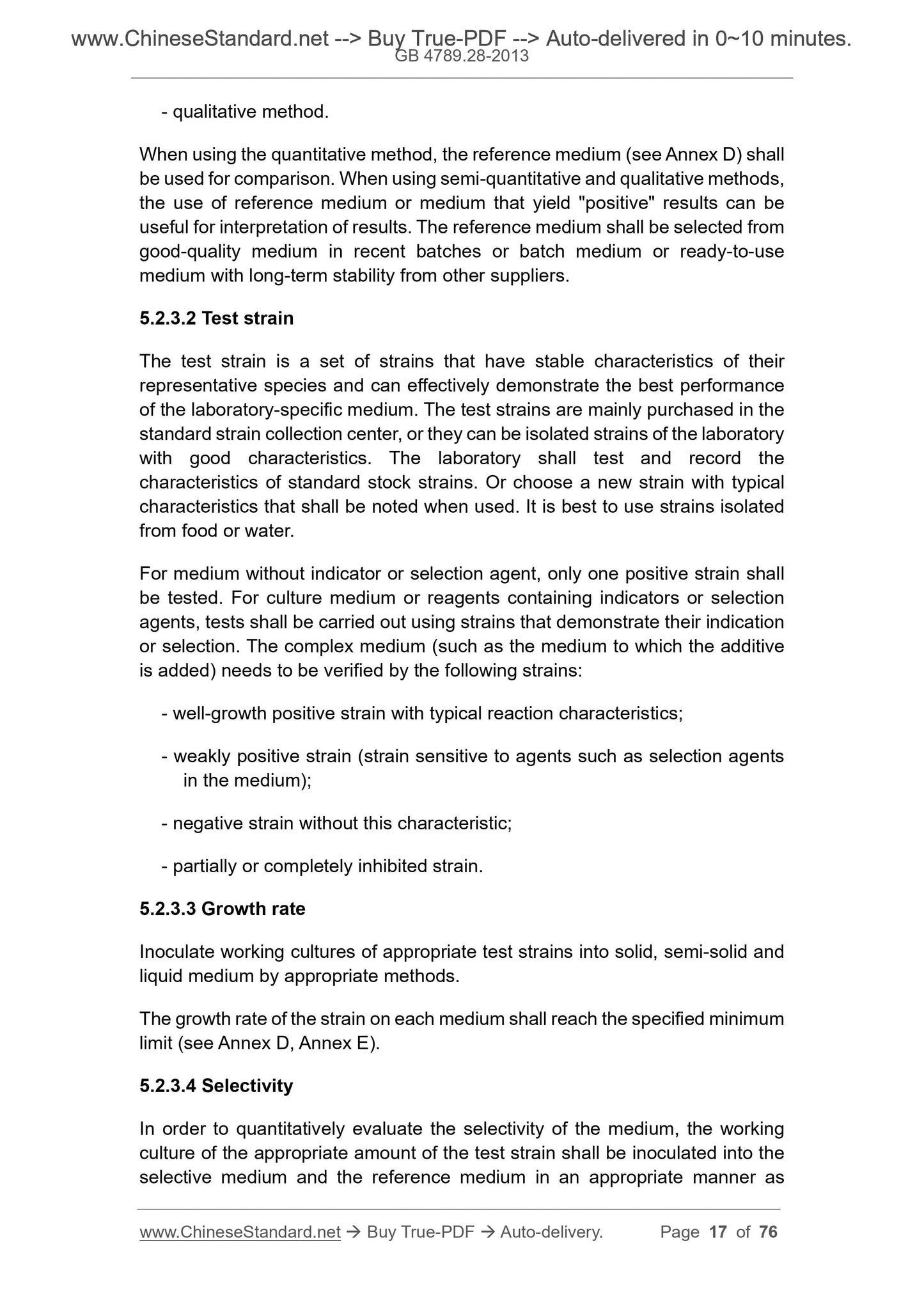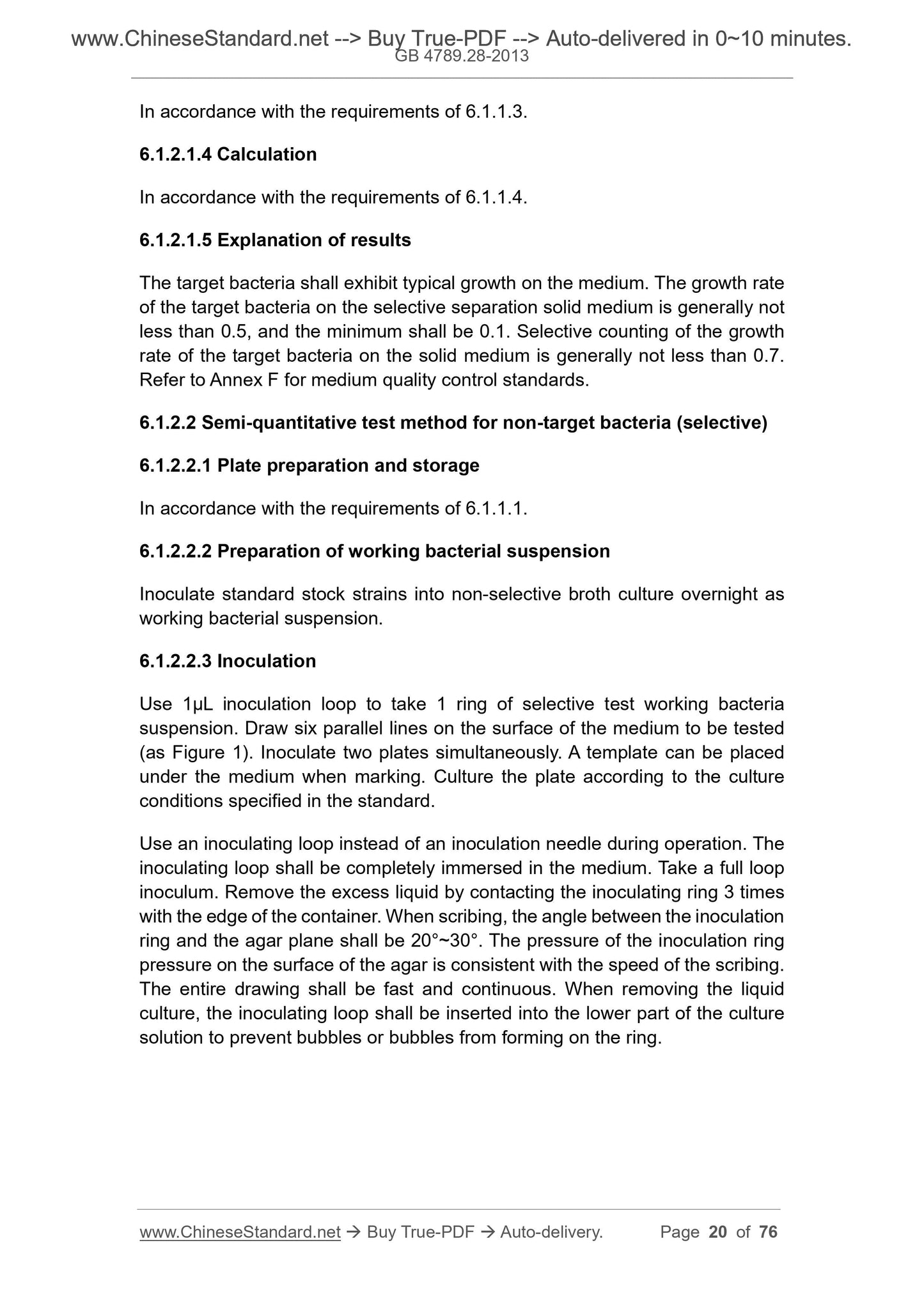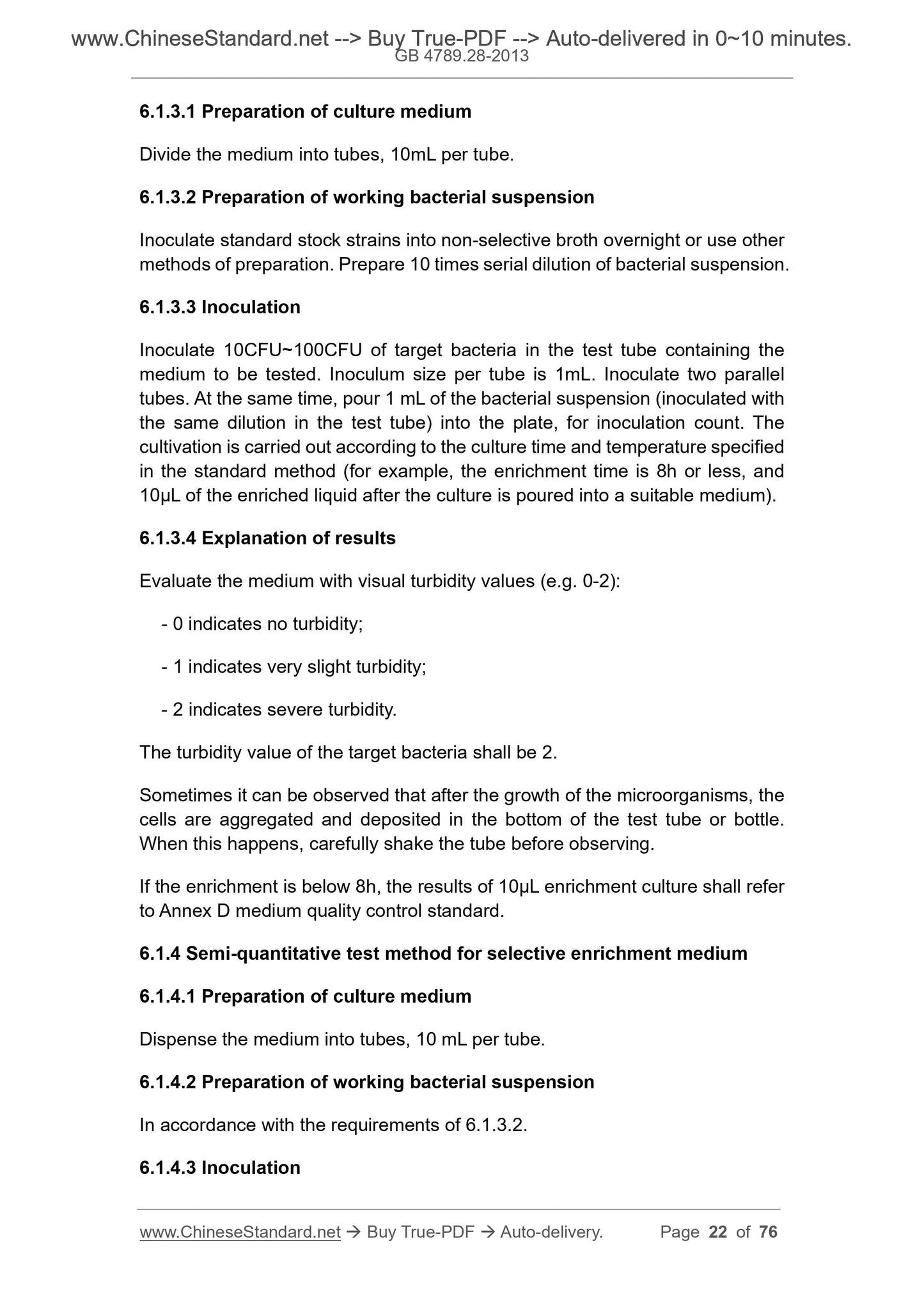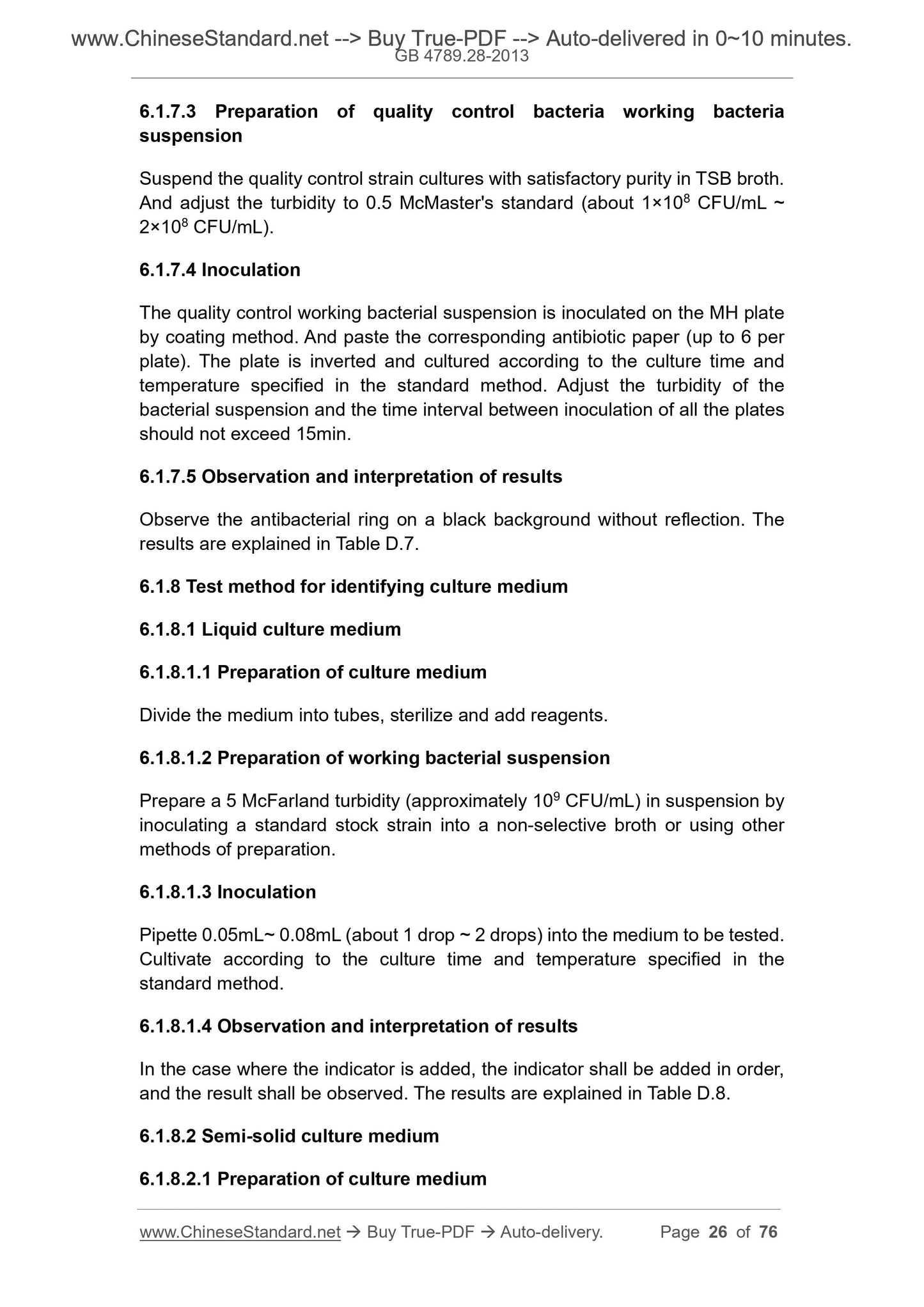1
/
of
12
PayPal, credit cards. Download editable-PDF & invoice in 1 second!
GB 4789.28-2013 English PDF
GB 4789.28-2013 English PDF
Regular price
$155.00
Regular price
Sale price
$155.00
Unit price
/
per
Shipping calculated at checkout.
Couldn't load pickup availability
GB 4789.28-2013: National food safety standard - Food Microbiological Examination - Quality requirements of culture media and reagents
Delivery: 9 seconds. Download (and Email) true-PDF + Invoice.Get Quotation: Click GB 4789.28-2013 (Self-service in 1-minute)
Newer / historical versions: GB 4789.28-2013
Preview True-PDF
Scope
This Standard specifies the quality requirements of culture medium andreagents used for food microbiological examination.
This Standard is applicable to the quality control of culture medium and
reagents used for food microbiological examination.
Basic Data
| Standard ID | GB 4789.28-2013 (GB4789.28-2013) |
| Description (Translated English) | National food safety standard - Food Microbiological Examination - Quality requirements of culture media and reagents |
| Sector / Industry | National Standard |
| Classification of Chinese Standard | C53 |
| Classification of International Standard | 07.100.30 |
| Word Count Estimation | 55,594 |
| Older Standard (superseded by this standard) | GB 4789.28-2003 |
| Regulation (derived from) | China Food and Drug Administration [2013] No. 234, November, 1, 2013 |
| Issuing agency(ies) | National Health and Family Planning Commission of the People's Republic of China |
| Summary | This Standard, from June 1, 2014, substitutes GB/T 4789. 28-2003 Food Microbiological Examination Quality requirements of culture media and reagents. |
Share
